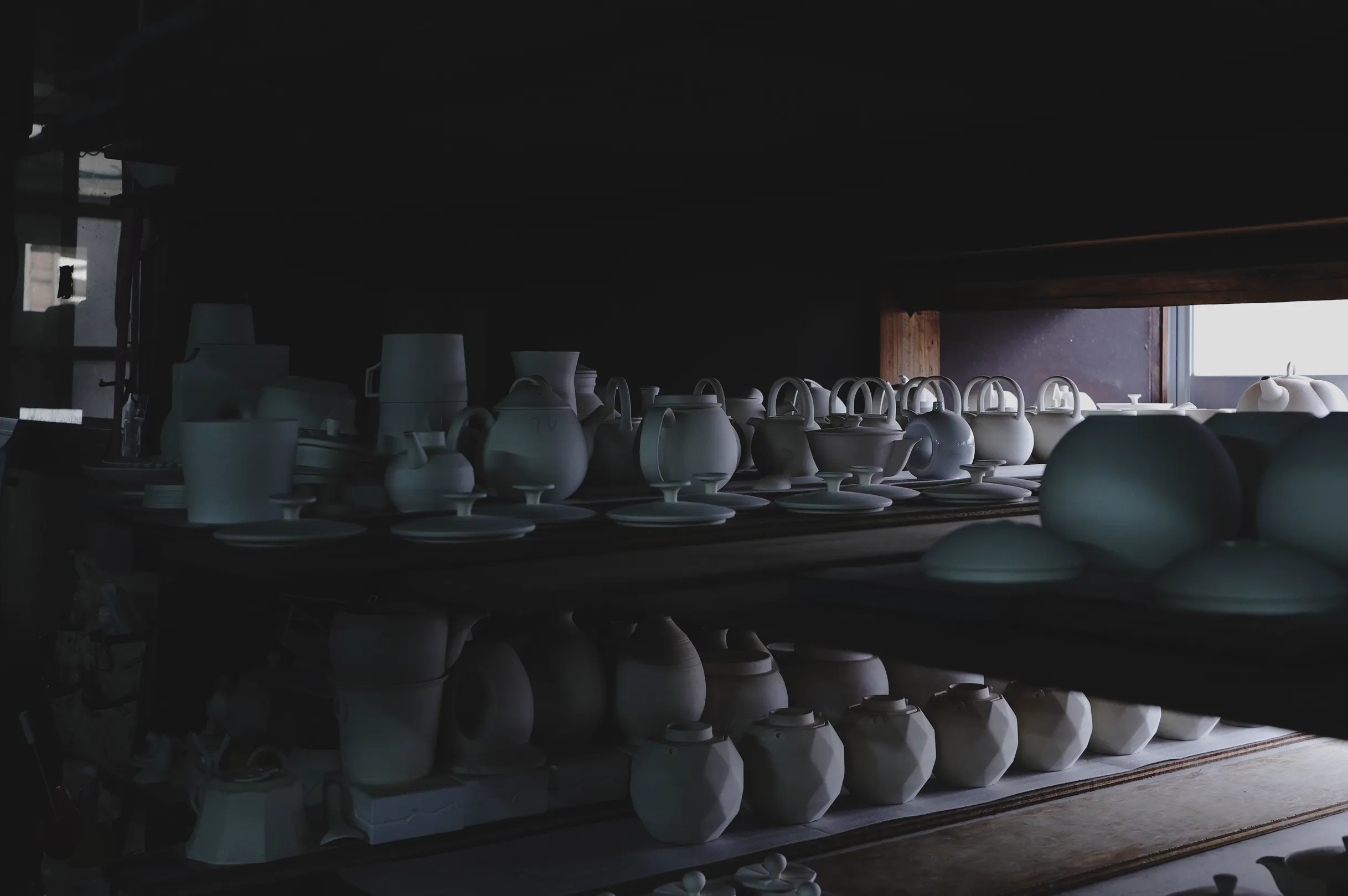
Nagasaki Prefecture, Hasami Ceramic Ware
Episode 2
The beauty of everyday items from a handicraft industry 400 years in the making. The texture we love.
Its name unknown for ages; its land hidden behind famous production areas such as Imari and Arita; the production of ceramic wares for usage in everyday life has continued in this town for 400 years. Although the production methods developed here have withstood the test of time and differ to that of Arita, its wares were sold under the umbrella name Arita-yaki, or Arita ceramic wares, before the production area was clearly labeled. Walking around the town of Hasami located in the northern part of Higashisonogi district, Nagasaki Prefecture, there was a somewhat gentle atmosphere.
During the Edo period a mass production of ceramics was established in this mountainous village which spread down river to other villages when quality minerals used to make pottery could be mined in Amakusa. It must have looked like the beginning of an industrial revolution. It took root as a local industry in Hasami and was passed down from generation to generation. Even today, approximately 2,000 people are involved in the ceramic industry of this town, which boasts the second largest share of the daily tableware market in Japan.
Interestingly there are no large factories where hundreds of people could work. When guided by local ceramic trading company personnel to visit the workshops responsible for the pottery production the big picture become clear.
This entire town is one factory.
The town is dotted with professional craftspeople: those who plaster molds for mass production, mold the clay, paint with a brush, and draw patterns by squeezing pigment out of a thin, needle-like piping tip. There are some who carve the comb-like stripe pattern and others who dip wares into glaze. Someone carries numerous bowls on a long board called a saraita, or plate board. There are others who prepare to fire the ceramics, placing each new item down with care so they do not touch when entering the kiln.And there are people who make the tools used by these craftspeople.
The craftsmanship is not the expression of a single master’s style nor is it the integrated production of everything in a single factory run by a single company. It is a manufacturing process of independent parts working in collaboration. Although machines have been introduced, the production of pottery in this town is still a handicraft industry that involves many hands. While each is attend to their own process, they are aware of each other at a distance and synchronized by senses.
A single piece of ceramic ware shines brightly as it is passed between the hands of different craftspeople.
This is how the beautiful, daily-use ceramic wares are born. The texture we love will reach our doorstep.







